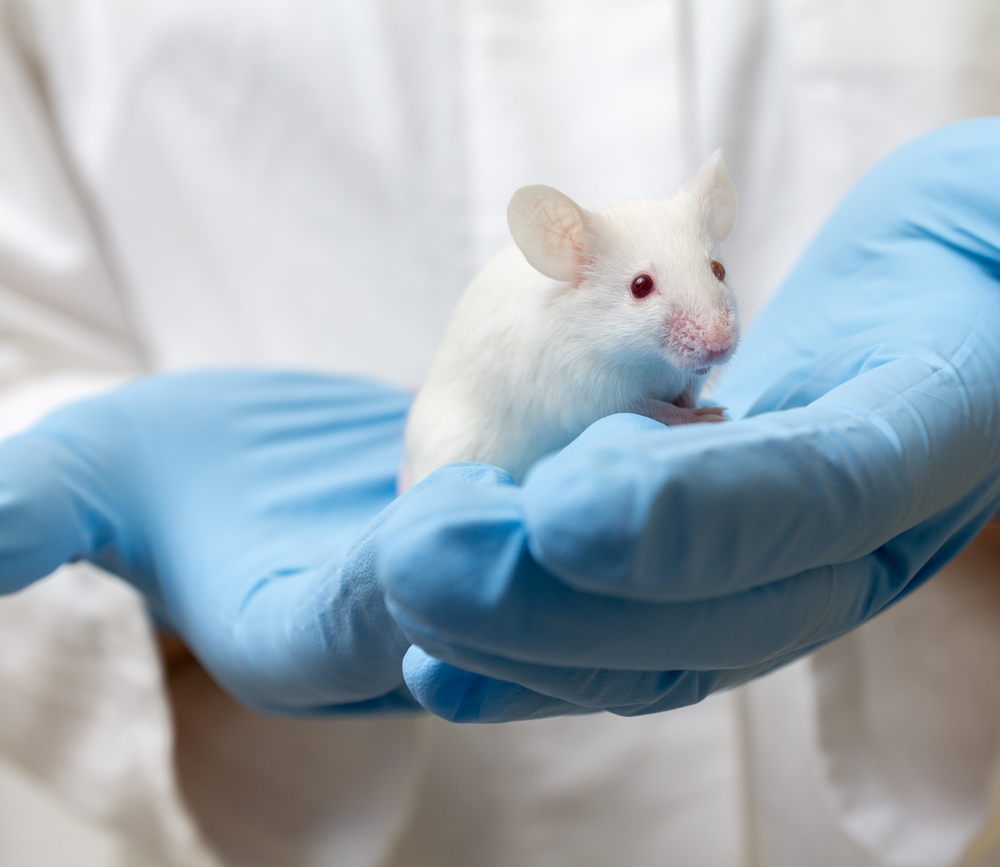Cell-based Treg Treatment Resolves Lung Fibrosis in IPF Mice, Study Shows

Treatment with regulatory T-cells (Tregs), a subset of cells from the immune system, is able to resolve lung fibrosis in a mouse model of idiopathic pulmonary fibrosis (IPF), according to researchers. Their findings support additional investigation of cell-based therapies to treat IPF in humans.
The study, “Resolution of bleomycin-induced murine pulmonary fibrosis via a splenic lymphocyte subpopulation,” was published in the journal Respiratory Research.
The causes of IPF are still elusive. But the degenerative process of lung scarring (fibrosis) that characterizes the disease is believed to involve lung damage, an abnormal repair response, and excessive secretion by fibroblast cells of proteins that ultimately cause the fibrotic scarring.
Although inflammation is part of this process, the contribution of specific immune system players is still unclear and a matter of debate among researchers.
A certain type of white blood cell called regulatory T-cells are key to keeping the immune system on check and avoiding abnormal responses that cause damage. Due to their protective activities, these cells have great therapeutic potential.
Several cell-based therapies using Tregs are being evaluated in clinical trials in stem cell transplants, liver and kidney transplants, and the treatment of autoimmune disorders, including Crohn’s disease and diabetes type 1.
In IPF, the role of these cells is still contradictory. A few studies suggest that Tregs prevent the fibrotic process during IPF, but none has addressed whether treatment with these cells can halt it.
To examine the role and therapeutic potential of regulatory T-cells in the treatment of IPF, researchers from Nippon Medical School in Tokyo, Japan, used the bleomycin-induced mouse model of pulmonary fibrosis that mimics features of human IPF.
IPF mice were divided into two groups. One group of mice was treated with a single dose of total white cells from the spleen (splenocytes, including Tregs), and a second group was treated with a dose of Tregs only. Both types of cells were taken from healthy mice.
The lungs of both groups of mice were then examined, and proteins associated with fibrosis were quantified in the lungs and the blood.
Treatment with splenocytes or Tregs significantly improved lung fibrosis. Such improvements were observed only when cells were injected at a later stage of the disease, when the scarring process had started. If treatment was given earlier, no significant improvements were seen, compared with untreated animals.
Importantly, the anti-fibrotic activity of the white blood cells was lost if Tregs were removed from these cells using an antibody that specifically recognizes them. This result further supports the hypothesis that regulatory T-cells were responsible for the improvements seen in the mice with pulmonary fibrosis.
Attenuation of lung fibrosis was accompanied by a reduction in collagen deposition and activity of fibroblast growth factor 9 (FGF9) in the lungs, both important mediators of fibrosis.
In addition, treatment with Tregs also restored the blood levels of IL-10, an anti-inflammatory protein.
In mice lacking IL-10, regulatory T-cells lost their positive effect in pulmonary fibrosis, suggesting that IL-10 contributes to the protective activity of these cells.
Regulatory T-cells also reversed the lung production of CCL2, a molecule that attracts fibroblasts to the site of tissue injury to promote a fibrotic responses. As a result, fibroblast accumulation in the lungs also dropped as a consequence of the action of Tregs.
These data provide evidence for a key role of regulatory T-cells in the resolution of pulmonary fibrosis, and broaden our understanding of the immunological mechanisms underlying the disease, researchers said.
“These findings warrant further investigations to develop a cell-based therapy using Tregs for treating IPF,” the team concluded.






